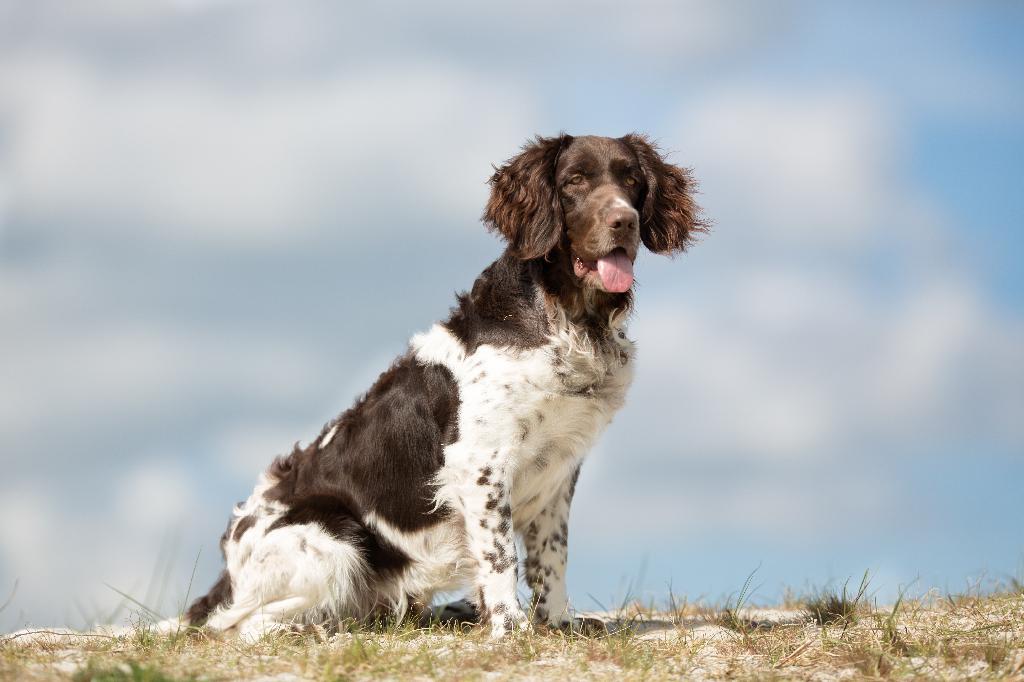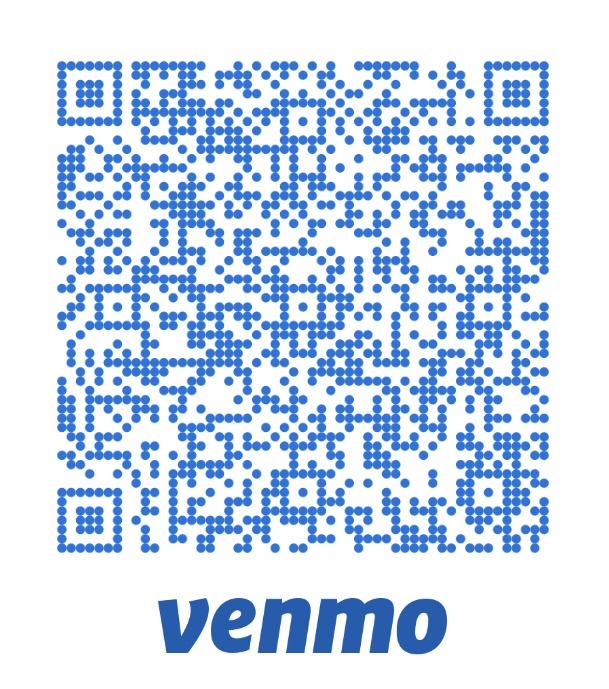Small Munsterlander

Description
The Small Munsterlander is a versatile and energetic breed of gundog that originates from the Munster region in northwestern Germany. It is often considered one of the oldest types of pointing dogs in Europe, with a history that dates back several centuries. Known for its skill as a pointer, retriever, and versatile hunting companion, the Small Munsterlander was originally bred for bird hunting and to work in a variety of terrains, including forests, fields, and marshlands. Today, this breed is cherished not only for its hunting prowess but also for its affectionate and loyal nature as a family companion.
Physically, the Small Munsterlander is a medium-sized dog, standing between 17 and 21 inches tall at the shoulder and weighing between 30 and 40 pounds. It has a well-proportioned, athletic build, with a lean body, strong legs, and a deep chest that allows it to be both fast and agile. The breed’s most distinctive feature is its medium-length coat, which is dense, water-resistant, and has a slight wave or curl. The coat is typically liver (dark brown) with white markings, often in a roan pattern or with patches, giving the breed a striking and distinctive appearance. Its expressive eyes are dark brown, and the breed has long, floppy ears that contribute to its charming look.
Temperamentally, the Small Munsterlander is known for being intelligent, affectionate, and eager to please. It is a highly trainable breed, excelling in tasks like pointing, retrieving, and tracking, which makes it ideal for hunters. The breed has a strong instinct to work, and it thrives when given regular tasks or opportunities to use its natural hunting abilities. At home, the Small Munsterlander is gentle, loyal, and playful, making it a great companion for families. It is typically good with children and can get along well with other pets, although it may have a strong prey drive, which means it may be inclined to chase smaller animals if not properly trained.
Due to its high energy and intelligence, the Small Munsterlander requires regular physical exercise and mental stimulation to stay happy and healthy. It is not a breed suited for sedentary lifestyles or apartments, as it thrives in homes where it can be given plenty of outdoor activities, such as hiking, running, or fieldwork. The breed’s hunting background means it benefits from engaging in activities that allow it to use its skills, such as field trials or tracking exercises. Overall, the Small Munsterlander is a wonderful breed for active families and individuals who appreciate a hardworking and loving companion. Its intelligence, loyalty, and versatility make it a standout in both the field and the home.
History
The Small Munsterlander is a versatile hunting dog with origins deeply rooted in Germany, specifically in the Munster region, where it was developed as an all-purpose gundog. Its history dates back to the 13th century, with its ancestors being small, spaniel-like dogs used by falconers and hunters for locating and retrieving game. These early dogs were prized for their keen sense of smell, intelligence, and ability to work both on land and in water. Over time, they evolved into skilled pointing dogs, capable of tracking and retrieving game in a variety of terrains.
By the 19th century, hunting practices in Germany began to shift, and the need for versatile hunting dogs became more pronounced. The Small Munsterlander, with its adaptability and loyal nature, emerged as a popular choice among hunters in the Munster region. However, its development as a standardized breed didn’t occur until the early 20th century. Around 1906, a group of enthusiasts, led by Edmund Löns, began systematic breeding efforts to preserve the traits of these small, versatile hunting dogs. Löns sought to maintain their traditional working abilities while establishing consistent breed standards.
The Small Munsterlander was officially recognized as a distinct breed in Germany in 1921, and its reputation as a reliable hunting companion spread beyond its native region. The breed was valued not only for its hunting prowess but also for its friendly and cooperative temperament, making it a favorite among both professional hunters and families. Its ability to adapt to various hunting styles and environments further solidified its place as a versatile and dependable gundog.
Today, the Small Munsterlander remains a popular choice among hunters and dog enthusiasts, particularly in Europe and North America. Its intelligence, agility, and loyalty make it a valued partner in the field, while its affectionate nature ensures it is a cherished family pet. The breed’s rich history reflects its enduring appeal and the dedication of those who have worked to preserve its unique qualities.
Colors
• Brown & White
• Brown Roan
• White w/ Brown
• White w/Brown Tick


